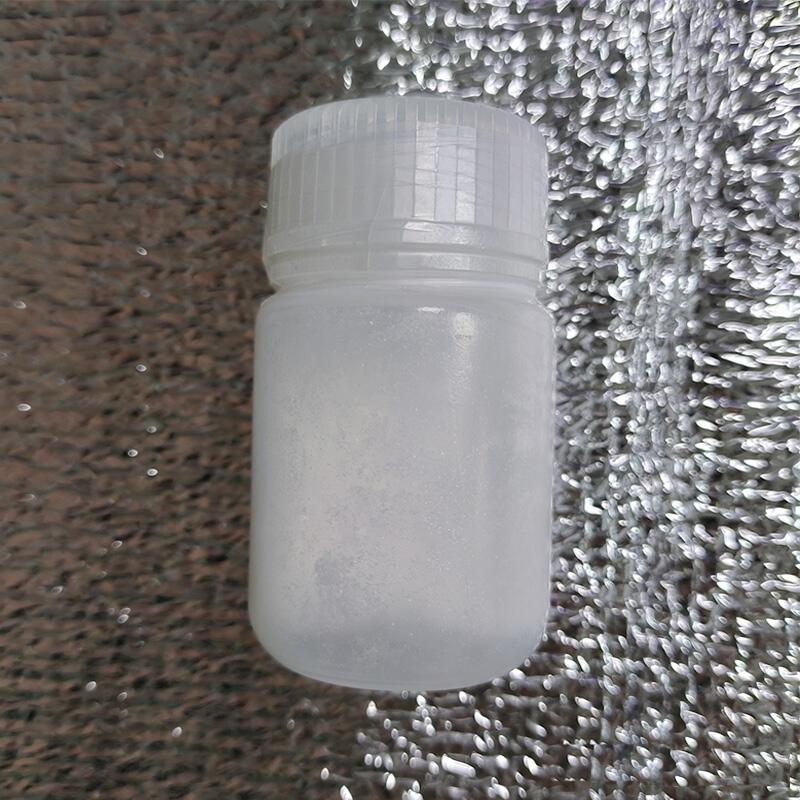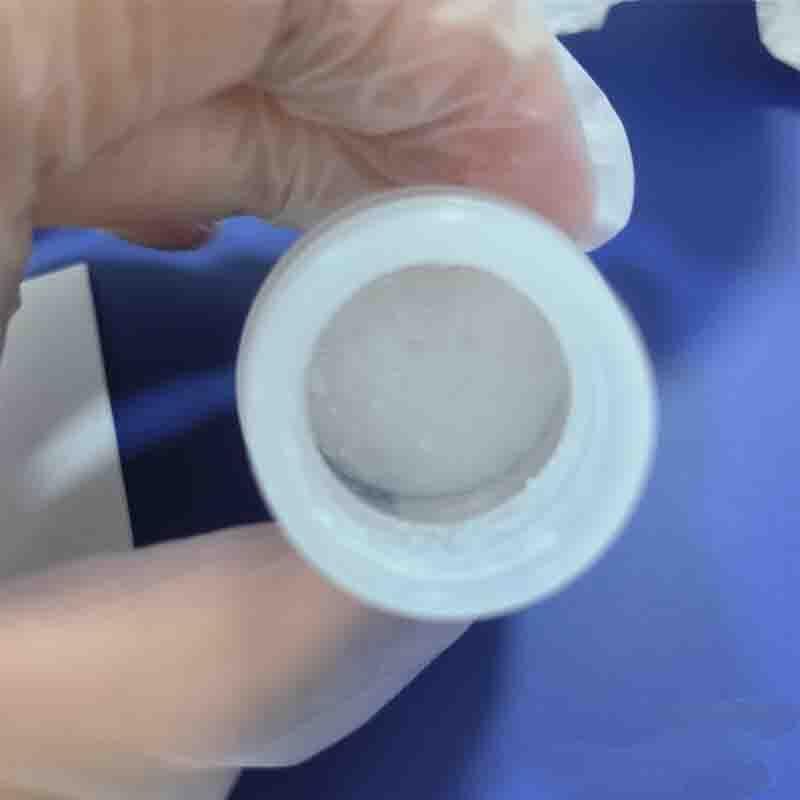-
Categories
-
Pharmaceutical Intermediates
-
Active Pharmaceutical Ingredients
-
Food Additives
- Industrial Coatings
- Agrochemicals
- Dyes and Pigments
- Surfactant
- Flavors and Fragrances
- Chemical Reagents
- Catalyst and Auxiliary
- Natural Products
- Inorganic Chemistry
-
Organic Chemistry
-
Biochemical Engineering
- Analytical Chemistry
-
Cosmetic Ingredient
- Water Treatment Chemical
-
Pharmaceutical Intermediates
Promotion
ECHEMI Mall
Wholesale
Weekly Price
Exhibition
News
-
Trade Service
FIB-4 Index (Fibrosis 4 Score)?
FIB-4 Index (Fibrosis 4 Score)?This is a non-invasive method for evaluating liver fibrosis in patients with chronic liver disease, because it does not require additional examinations, only a few values on the physical examination sheet need to be substituted into the formula for calculation.
medsci.
| FIB-4=Age×AST/PLT count×√ALT |
The critical value of FIB-4 index evaluation for different liver diseases is slightly different.
1.
1.
The study included a total of 444 CHB patients who underwent liver biopsy and serological liver fibrosis marker testing.
As a result, histological fibrosis staging has the highest predictive value for the risk of HCC at 5 and 7 years [area under the receiver operating characteristic curve (AUROC) 0.
According to histological fibrosis stage (F4 vs.
P
2.
2.
The results showed that 40,729 people (32.
FIB-4 index increased risks associated with severe liver disease diagnosis by FIB-4 index can identify about 5 0% of the future by cirrhosis of the liver affected people
Researchers say it takes a long time to develop liver cirrhosis.
3.
3.
A study recently published by National Taiwan University School of Medicine and National Taiwan University Hospital Tseng, etc.
This retrospective multinational study included a total of 1936 CHB patients of different races and without cirrhosis.
As a result, during an average follow-up of 6.
98 years, a total of 48 patients developed HCC.
The FIB-4 value at 1 year of treatment is significantly related to the risk of HCC, and the predictive value of the risk of HCC is better than the FIB-4 value before treatment.
Stratified according to whether the FIB-4 value at 1 year of treatment was more than 1.
30, compared with the low FIB-4 group, the risk of HCC was significantly increased in the high FIB-4 group (hazard ratio: 4.
87, 95% confidence interval: 2.
48 -9.
55).
Multivariate analysis showed that the patient’s gender and FIB-4 at 1 year of treatment were independent predictors of the risk of HCC.
Among the 314 female patients with low FIB-4 at 1 year of treatment, there was no HCC.
Finally, for patients with a low PAGE-B score, combined with whether the FIB-4 value at 1 year of treatment exceeds 1.
30, the risk of HCC can be stratified.
The PAGE-B score is <10, and the FIB-4 value at 1 year of treatment is < 1.
30 patients have the lowest risk of HCC, and the annual incidence of HCC is only 0.
11%.
FIB-4 online use: medsci.
cn/scale/show.
do?id=c897264951" target="_blank" rel="noopener">FIB-4 index of liver fibrosis in patients with chronic liver disease
cn/scale/show.
do?id=c897264951" target="_blank" rel="noopener">FIB-4 Index of Liver Fibrosis in Patients with Chronic Liver Diseases FIB-4 Index of Liver Fibrosis in Patients with Chronic Liver Diseases
references:
Kim MN, Lee JH, Chon YE, et al.
Fibrosis-4, aspartate transaminase-to-platelet ratio index, and gamma-glutamyl transpeptidase-to-platelet ratio for risk assessment of hepatocellular carcinoma in chronic hepatitis B patients: comparison with liver biopsy.
Eur J Gastroenterol Hepatol.
2019 Sep 3.
Hannes Hagström, Mats Talbäck, Anna Andreasson, Göran Walldius, Niklas Hammar.
Repeated FIB-4 measurements can help identify individuals at risk of severe liver disease.
Journal of Hepatology, 2020; DOI: 10.
1016/j.
jhep.
2020.
06.
007
Tseng TC, Choi J, Nguyen MH, et al.
One-year Fibrosis-4 index helps identify minimal HCC risk in non-cirrhotic chronic hepatitis B patients with antiviral treatment.
Hepatol Int.
2021 Feb;15(1):105-113 .
Leave a message here







